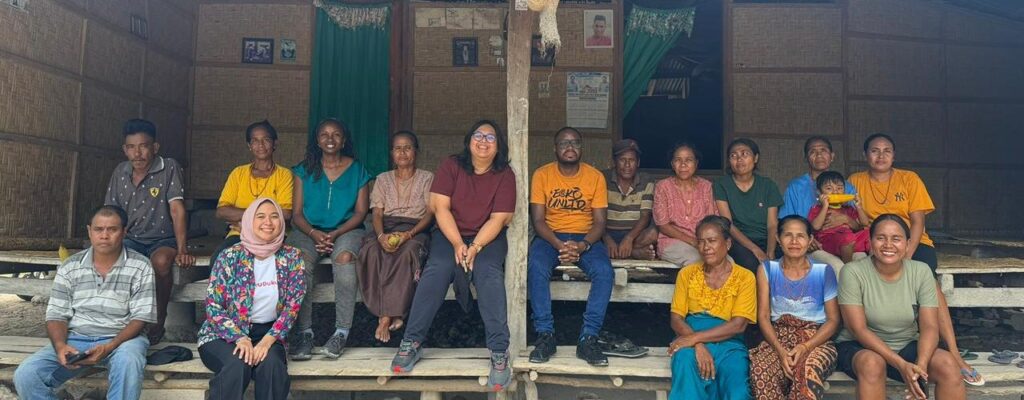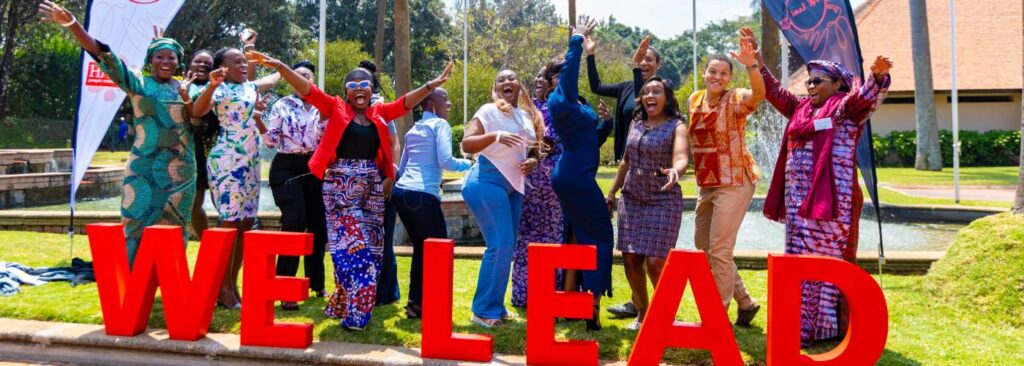By the Community, for the Community: Using community-based monitoring to support national advocacy in Afghanistan
Guestblog by Oxford Insights
Integrity Watch Afghanistan have been using civic participation in community-based monitoring of infrastructure to collect data on infrastructure projects across the country. They use this citizen collected data to advocate for citizens rights to transparency, open contracting and better delivery management.
Following the US-led coalition’s invasion of Afghanistan in 2001, the USA began a wide programme of ‘reconstruction’. Billions of dollars in foreign aid entered the country, without oversight of how it was spent. Political and tribal leaders used the disbursement of funds to maintain and enhance their power. Corruption in relation to infrastructure contracts became a serious problem.
Integrity Watch Afghanistan (IWA) set up in 2005 to train community volunteers to monitor infrastructure projects. Since 2007, IWA has expanded this community-based monitoring (CBM) method beyond infrastructure. IWA also lobbies the national government to introduce policies that will increase transparency and reduce corruption.
Key insight
A mutually supportive relationship between grassroots activity and national-level lobbying helps encourage a cultural change in government.
The initiative
IWA trains community members to analyse contracts for infrastructure projects and to assess the quality of those projects. Where they identify problems, they lobby contractors to solve them or raise issues with monitoring groups, coordinated by IWA. These ‘sectoral monitoring groups’ contain representatives of relevant ministries, the media and civil society organisations.
The most notable element of IWA’s approach is the mutually supportive relationship between monitoring on individual projects and lobbying at the national level. IWA train citizens who then do the monitoring and feedback data to the central IWA office. IWA then uses this data and insights to conduct further research and lobby government entities.
The outcomes
There have been improvements in two indicators that IWA uses to measure their progress:
- The percentage of problems in infrastructure projects that are resolved after being identified rose from 20% in 2010 to 87-89% in 2019.
- Access to information percentage rose from 75% in 2015 to 100% in August 2019.
Within the government, IWA reports that a much more positive attitude towards transparency is developing in some areas of central government. Citizens, too, are apparently becoming readier to trust the central government.
What helped
- Independence from the government. IWA has benefited from not being formally hosted by any organisations or individuals in the government. This means that they are not at the mercy of political shifts or corruption scandals, and can maintain control over their own activities.
- Strong, well-qualified leadership. Having a board with genuine power over the organisation’s executive leadership was crucial, and a rarity in the country. Similarly, a ‘robust’ recruitment process has provided IWA with a well-qualified and committed executive leadership.
What didn’t help
- Geopolitical factors. Rural areas are often cut off in Afghanistan, and the fact that power is centralised has handicapped local authorities who may be in a better place to make decisions on projects.
- Security concerns made it dangerous for external project monitors to enter remote villages to conduct monitoring. Instability restricts the possibility of opening up certain datasets. In one case, we were told, IWA considered making the GPS coordinates for school projects publicly available. However, they were informed that this would put the schools at risk from insurgents, who might use them for targets or even military bases.
- Some contractors were too powerful for communities to influence. Some contractors, we were told, have close ties to security agencies; similarly, warlords may have interests in the companies involved. Interviewees told us that there had been projects in which this has severely restricted their progress.
Lessons for practitioners
- Pursue sustainable programme funding. IWA have ensured that they have consistently strong core funding, as compared to smaller amounts for specific projects. This gives them independence over their funding decisions and allows them to invest in long-term strategies.
- Build capacity in communities to create a sustainable demand for transparency in government. Interviewees were critical of NGOs who send in assistance ‘from the centre’, or who ‘do trainings … and then leave’. They stressed that the focus should be on fostering ‘culture’, rather than simply teaching skills and offering technical assistance.
- Use citizen voices and research to advocate for transparency reforms at the national level. IWA describe their approach as ‘hybrid’, combining community-based monitoring and national advocacy. They use data gathered at the community level, and fed into a central database, to inform research that can reflect the strength of the community-level work.





